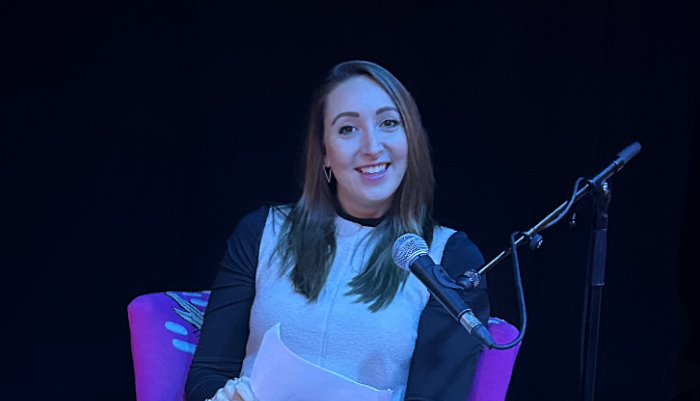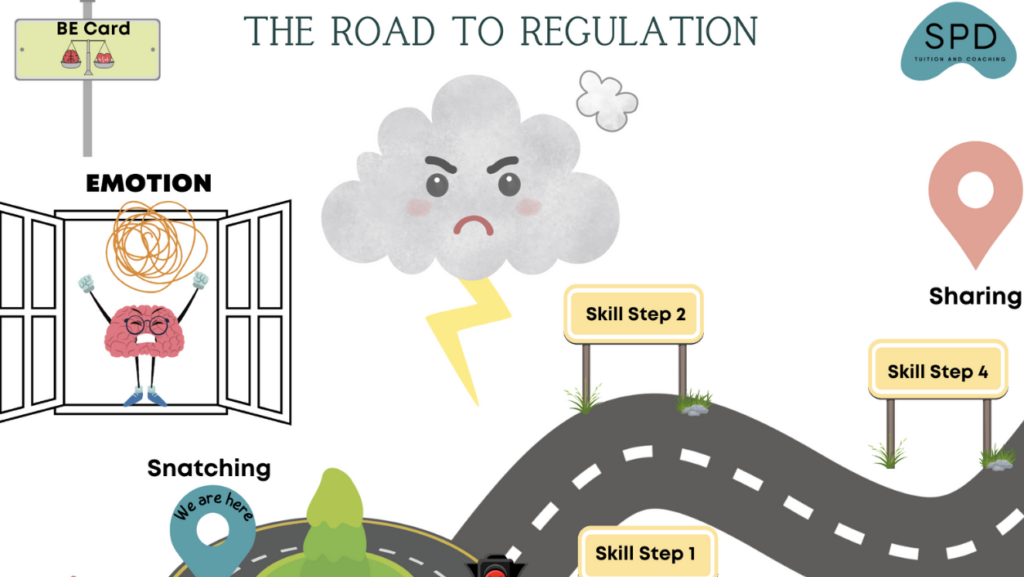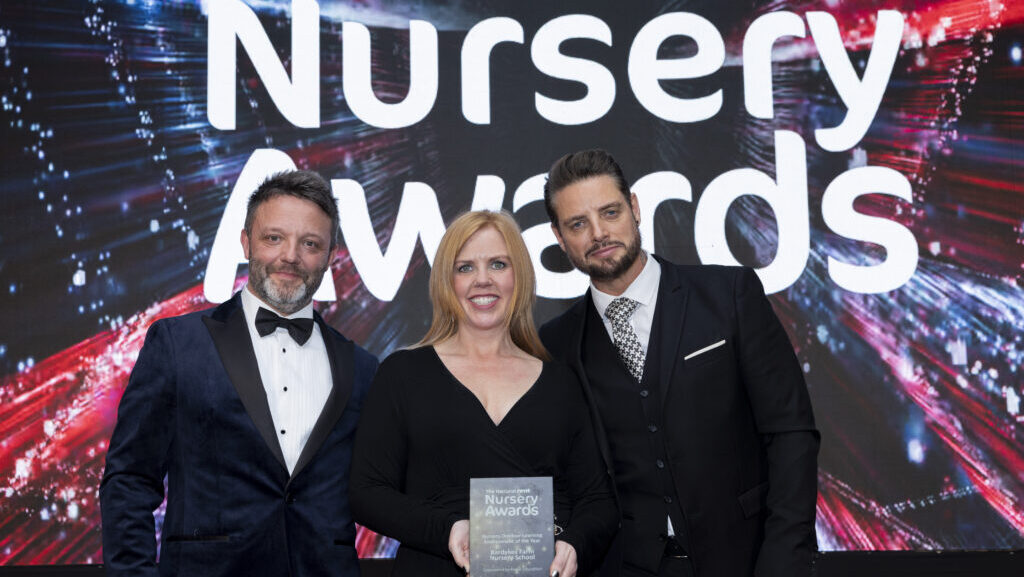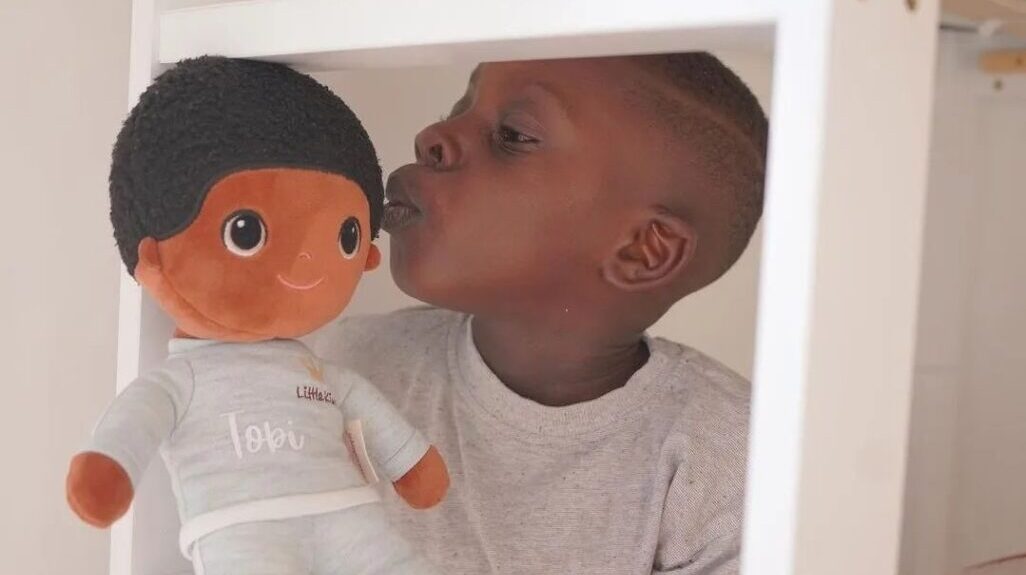The winners of the National NMT Nursery Awards reflect on what their achievement means to them
Formula for effective leadership
Trainer and consultant Samantha Dholakia explores the role played by beliefs and balance in our approach to leadership.

What we believe to be true, is our truth. In early years settings, leadership is about much more than overseeing operations – it’s about shaping the culture, systems and ethos that define our environments.
Our beliefs influence the way we lead, the structures we implement, and ultimately, the experiences of both children and staff. This responsibility requires us to create a balanced management system that nurtures wellbeing while maintaining accountability.
Fostering an environment that encourages emotional regulation, self-awareness and positive relationships paves the way to success, not just for children, but for the adults guiding them too. We have the incredible privilege of shaping young minds and nurturing the wellbeing of the people around us, and with such privilege comes a deep responsibility.
The way we show up as leaders directly shapes the experiences of our teams, which in turn influences the learning experiences, emotional security, and overall happiness of every child in our care.
Beliefs build everything
At the core of effective leadership lies the understanding that our beliefs shape the systems we create. If we believe in a culture of connection, development and emotional intelligence, our policies and management style will reflect this.
A strong ethos is built on trust, respect, and a commitment to fostering a supportive environment for both children and staff. Although this may sound obvious, many of us still find ourselves focusing on compliance and control rather than fostering relationships where emotional regulation, self-awareness, and meaningful interactions are valued.
Connection before correction – a leadership mindset
The belief that connection should come before correction is central to a balanced leadership approach. Children – and staff – thrive in environments where they feel understood and valued.
Leaders who prioritise emotional wellbeing create teams that are more engaged, effective, and committed to delivering high-quality care. When leaders model emotional intelligence and self-regulation, they set the tone for their teams. A workplace where practitioners are able to be touch with their emotions, recognising and expressing them in a healthy way, and maintain a balanced connection between feelings and rational thinking, encourages staff to be adaptable, reflective and solution-focused.
Young children depend on the adults around them to help them navigate their emotions. When we model emotional regulation and empathy, we’re not just soothing them in that moment, we’re teaching them how to regulate their own feelings over time.
As leaders, we must recognise that this process begins with us. Our responses, our tone, and our ability to stay present all set the stage for how both staff and children navigate their emotions.

The power of emotional fitness
Leadership isn’t about telling people what to do – it’s about showing them how to do it. One of the most effective leadership principles in early years is: “I do, we do, you do”.
First, we model the behaviour we want to see. Then, we guide our teams through practising those behaviours together. Finally, we empower them to take ownership and apply those principles independently.
This approach takes time, patience, and a belief in the power of example. US motivational speaker and life coach Tony Robbins talks about developing “emotional fitness” in the same way we build any other muscle. Knowledge alone isn’t enough to create real change, it has to be applied and practised, which is why ongoing training, coaching, and hands-on support are so important.
It’s not just about telling staff why emotional regulation matters; it’s about giving them the tools and confidence to use it in practice. Just as we encourage children to build emotional resilience, we need to do the same for our teams. That means fostering a workplace where staff can share challenges, learn from mistakes, and grow without fear of judgment.
Striking a balance – wellbeing and accountability
While wellbeing is essential, accountability matters too. High expectations and strong leadership don’t mean being overly critical or micromanaging. It’s about setting clear, fair standards and offering the right support to help staff meet them.
True leadership is about guiding, not policing. Accountability should never feel punitive. Instead, it should be seen as a tool for growth. Mistakes aren’t failures – they’re opportunities to learn. Leaders should challenge staff in a way hat encourages their development while maintaining a culture of respect and trust.
When staff feel supported rather than scrutinised, they are more likely to take ownership of their growth and, in turn, provide more engaged, emotionally attuned care to children. Through ensuring that staff feel supported, valued, and empowered while also maintaining high standards of practice we prevent burnout and disengagement.
Key strategies for achieving this balance include:
• Allowing staff to share concerns without fear of judgment.
• Encouraging reflective practice and professional development to build confidence and expertise.
• Providing clear expectations and boundaries while fostering an atmosphere of collaboration and trust.
• Recognising achievements and supporting staff through challenges
The Behaviour Balance System – embedding emotional regulation into daily practice
The Behaviour Balance System is a structured approach designed to support the creation of emotionally regulated settings. This system not only promotes wellbeing for all, but also ensures that emotional intelligence and self-regulation are embedded into daily practice.
Turning ideology to implementation
One way to bring these principles to life is through what we call Balance Baskets and Balance Zones, simple but powerful tools that help both children and adults regulate their emotions throughout the day.
• Balance Baskets are collections of selected sensory items that children, and staff, can use to help themselves calm down, focus, or re-energise when needed.
• Balance Zones are designated spaces within the setting where children can take a moment to regulate their emotions in a safe and supportive environment.

Behaviour and emotional regulation, like everything else, must be taught explicitly. When we model how to use these tools, we’re showing children that emotional regulation is a skill – one that can be practised and mastered over time. And the same goes for staff. Creating spaces for self-regulation isn’t just about children – it’s about fostering a culture where emotional wellbeing is valued for everyone.
Leaning into language
The way we communicate in early years settings has a profound impact on the culture we create. Language shapes behaviour. The words we choose – whether we’re speaking to children, colleagues or families – set the tone for how people feel and interact.
When we speak with kindness, respect and empathy, we create a culture where everyone feels valued and supported. But when language is harsh, dismissive or negative, it breeds an environment of stress and disengagement. Being intentional with our words – using “we” rather than “you” and framing feedback constructively, encouraging rather than criticising, and choosing language that builds people up – can transform the emotional climate of our settings.
Leading leadership
Ultimately, our leadership is a reflection of what we believe. When we embed a balanced approach – one that values both accountability and wellbeing – we create environments where children and staff alike feel safe, supported, and inspired to grow. If we believe that mistakes are part of learning, we will create environments where people feel empowered rather than fearful. And if we believe that leadership is about guidance rather than control, we will foster teams that are engaged, resilient and deeply committed to the children in their care.
Balancing emotional fitness, accountability and wellbeing isn’t always easy, but it’s one of the most powerful combinations of skills we can have. When we model emotional regulation, support staff with empathy, and create a culture of connection and respect, we lay the foundation for a thriving, emotionally intelligent community.

True leadership in early years isn’t about managing – it’s about inspiring, supporting and empowering those around us. And by maintaining a belief-driven, balanced approach, we lay the foundation for a culture of excellence, connection and lasting impact.
By leading with this clarity, empathy and purpose, we not only shape strong teams but also cultivate a nurturing ethos that defines the future of early years education. The systems, policies and processes that we create must uphold high standards while also prioritising staff morale and mental health. You can start by setting up:
• Regular, structured one-to-one check-ins to ensure staff feel heard and supported.
• Implementing clear but flexible guidelines that allow for professional autonomy.
• Creating opportunities for peer mentoring and collaborative problem-solving.
Latest Features
Stephanie Mensah, co-founder of Bibinee Dolls, explores the importance of diversity in early years education and asks if we are…
We find out how Chalk Nursery Group worked with managed technologies firm Active8 to make life easier for its nursery…




